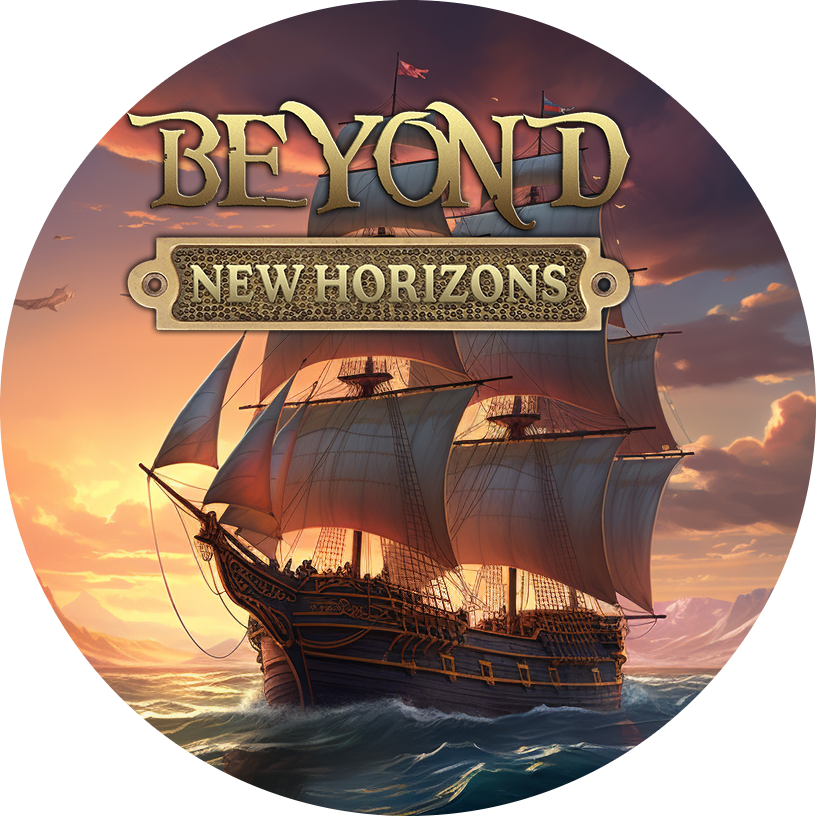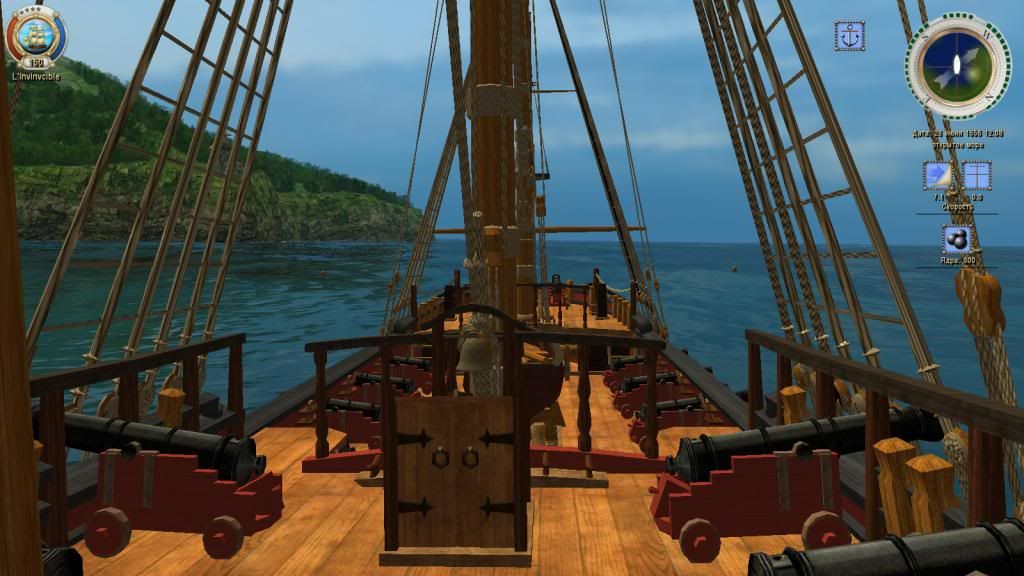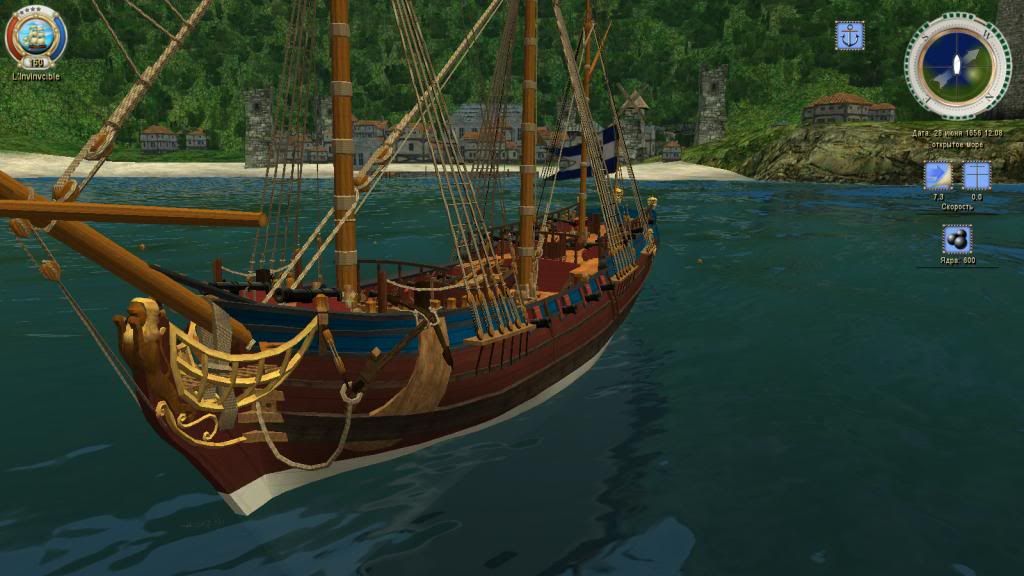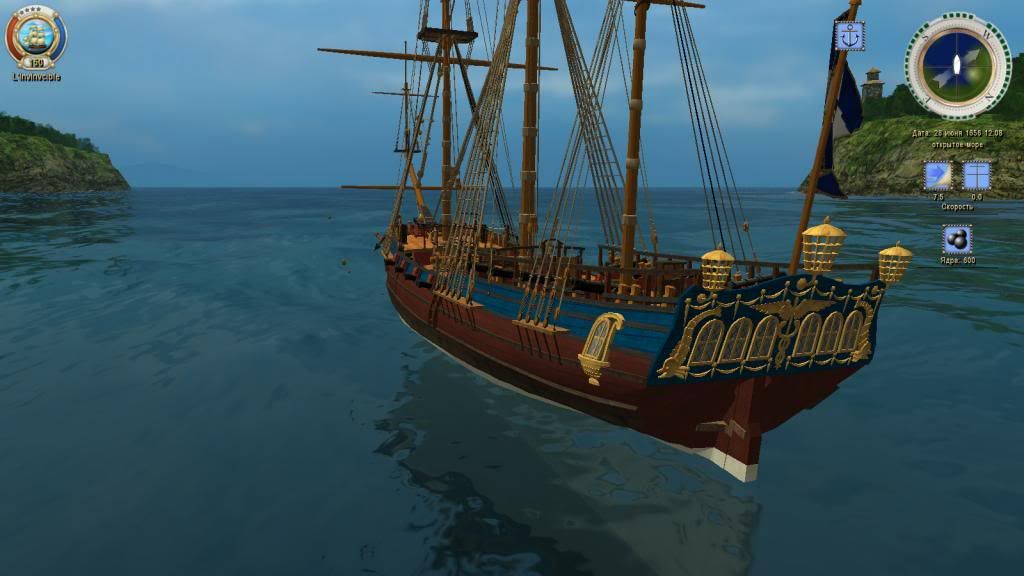-


Visit our website www.piratehorizons.com to quickly find download links for the newest versions of our New Horizons mods Beyond New Horizons and Maelstrom New Horizons!-

Quick links for Beyond New Horizons
- Download latest version
- Wiki - FAQ - Report bugs here - Bug Tracker on Github -

Quick links for Maelstrom
- Download the latest version of Maelstrom
- Download the latest version of ERAS II - Download the latest version of New Horizons on Maelstrom
-

Quick links for PotC: New Horizons
- Download latest version
- Wiki - FAQ - Report bugs here
-

Thanks to YOUR votes, GOG.com now sells:
- Sea Dogs - Sea Dogs: Caribbean Tales
- Sea Dogs: City of Abandoned Ships
Vote now to add Pirates of the Caribbean to the list! -

Quick links for AoP2: Gentlemen of Fortune 2
- Downloads and info
- ModDB Profile
- Forums Archive -

A Pirate Podcast with Interviews
Music, Comedy and all things Pirate!
- Episode Guide - About - Subscribe -
- Twitter - Facebook - iTunes - Android -
- Youtube - Fill the Coffers -
You are using an out of date browser. It may not display this or other websites correctly.
You should upgrade or use an alternative browser.Packet Boat
- Thread starter Oskar94
- Start date
I think the Poseidon - THE ORIGINAL - has around 96k polys. A lot of detail was deleted when FlyingLabs put it into the game despite it beeing below the required maximum.
Funny that FLS chose an engine which doesn´t support bump maps (or any other 'fancy' and polies-saving stuff), considering how anal they are about the polycount. :urghYea, very great work jabbadau! I am was player in PotBS in the Close Beta and over one year in game. Thanks for your nice ships.
Jabberdau I work with 3D Max 5.1, you can put it in a format I can load it in 5.1?
They where delivered to FLS in FBX format which can be opened in multiple programs if you install the package. Don´t know if it works for 5.1. I would have to save in OBJ or 3DS format, but I think one looses mapping coordinates if done so. Lets try FBX and max 7 first and see if that works out.
Okay so how do I upload this stuff?Captain Hog
Sailor Apprentice
ello!
I take it Oscar94 = Jack Richardson ?
I made the Raa frigate, 32 guns and the Poseidon, 60 guns for PotBS. You can have them if you want. I think the Poseidon - THE ORIGINAL - has around 96k polys. A lot of detail was deleted when FlyingLabs put it into the game despite it beeing below the required maximum. Would love to see it in the storm engine, which has REAL waves. Or what its called. In PotBS they kinda bump up and down on the sea, looks funny.
The models are in 3d studio max format (7). I´m too lazy to do all the programming and formatting to get anything into games these days, I just enjoy the 3d building itself, so someone would have to do that.
I WANT TO SEE THOSE IN CoAS!!!!
Wow I really like the sound of that Jabberdau, nicely done!tryadelion
Landlubber
POSEIDON IN COAS! OOH!!
Captain Hog
Sailor Apprentice
Poseidon, Raa and with the two new surprises.... COAS is going to be tall ship heaven for me! Looks great! Except for the spritsail topmast, which is a bit too early period for this vessel, and is incougrous with the gaff on the mizzen. Glad to see this ship revisited! This packet boat was modeled from chapman plate 41, which makes it a design contemperary to the 1760s.Looks great! Except for the spritsail topmast, which is a bit too early period for this vessel, and is incougrous with the gaff on the mizzen. Glad to see this ship revisited! This packet boat was modeled from chapman plate 41, which makes it a design contemperary to the 1760s.
Looks great! Except for the spritsail topmast, which is a bit too early period for this vessel, and is incougrous with the gaff on the mizzen. Glad to see this ship revisited! This packet boat was modeled from chapman plate 41, which makes it a design contemperary to the 1760s.Looks great! Except for the spritsail topmast, which is a bit too early period for this vessel, and is incougrous with the gaff on the mizzen. Glad to see this ship revisited! This packet boat was modeled from chapman plate 41, which makes it a design contemperary to the 1760s.
I think she looks similar to plate 41, but wouldn't make that assumption. The cut of the keel above the water at her bow buldges out further and terminates at its end in a more vertical fashion, where this one has a more gentle angle and protrudes a bit more horizontally than in plate 41. Also the stern is wider and the decorations much different in this model than plate 41 which has only four windows rather than the six shown here.
Designs such as this were favored in the Baltic (where Chapman lived) and had been around since the 1720s. I think the spritsail topmast looks great and right at home on a ship built between 1720-30. The height of the spritsail top rig was from 1600 to 1720/1725 or so. However I'm certain some ships were still built with them as late as the 1730's. The Baltic is a strange area where Dutch practices had held sway until about 1700 when they started to mix them with French and English practices. Most of the Flying Lab models are between 1690 and 1720 because of the timeframe of POTBS, so this just makes sense that she would have this rig.
So there actually was a brief transitional time (probably a decade or so) when three masted ships could have both a gaff rig (notice no boom) and a spritsail topmast.
She is lovely Rider! Could you upload her so we can import her. I would like to get her into Eras before I release it.
Could you upload her so we can import her. I would like to get her into Eras before I release it.
If you are going to make the ship available perhaps you could make a later one for HoO as well because this was a very common design that would have persisted throughout the rest of the century - albeit later versions would have had much more spartan decoration than this one.
MKShe is built to plate 41 by Marion von Ghent according to the potbs wiki, i wasnt msking an assumption. http://potbs.wikia.com/wiki/'Hermes'_Packet-Boat They could very well be wrong, I'm on my phone and can't check chapman plate 41 for reference, but also the original version used in potbs didn't have a spritsail topmast. While FLS is strict about new ships being included in the timeframe, the ships included in the original game weren't so strictly within the timeframe. An example of this is the HMS Unicorn model, which is outside of the timeframe. If this ship is built to a ANM design it is from the 1760s or late 1750s, as they were meant to be good contemperary designs when the book was published in 1767, no? I believe at least all of chapmans own designs from the book were fairly recent? Don't get me wrong I'm very happy that she is making it into the storm engine! I just think the spritsail topmast is a bit outdated for the design. Just eying the hull she looks more seven years war era than golden age of piracy.She is built to plate 41 by Marion von Ghent according to the potbs wiki, i wasnt msking an assumption. http://potbs.wikia.com/wiki/'Hermes'_Packet-Boat
- ...I just think the spritsail topmast is a bit outdated for the design. Just eying the hull she looks more seven years war era than golden age of piracy.
I stand corrected on the use of plate 41 as a guide. I read the wiki and its true, but I stand by my observations of very marked differences from looking at the pics and comparing them with plate 41 in my own very large hardbound version of Architectura Navalis Mercatoria.
I disagree on her looking 7 years war vintage. This form of packet boat was developed around 1720. Just like the bark and the English styled yachts and cats, those hull forms continued to be built on the same lines - virtually unchanged - for the remainder of the century. This is one of the reasons why I find the 18th century and ship evolution so much more boring.
For good illustrations of this I recommend Veres Laszlo and Richard Woodman's comprehensive illustrated study of ships "The Story of Sail", starting with Section Six: Trading Sail p152 starting with the segment titled "18th century hullforms" Pages 157-166.
Actually, the POTBS wiki agrees with me on this point although they admit the plans were for a later version of this very common ship.
Here's what the POTBS wiki says about the Hermes packet boat:
"The history of the packet-boat is closely intertwined with that of the Yacht. For as long as humans have been plying the oceans, there has been a need for fast vessels — often diminutive in stature — to carry information, news, orders, correspondence, packages, and even the occasional person from one place to another as swiftly as possible. As humankind's frontiers gradually expanded, that need for speed has become more and more pressing, ultimately expressing itself at sea in the form of the large, swift clipper ships of the 1800's. Yet in the early 18th century, maritime nations' needs were not nearly so well defined: for early packet-boats varied greatly in form and rig.
For a good deal of maritime history, practically any reasonably swift, seaworthy craft could be used as a packet-boat. The term itself defines function, not form:
"PACKET, or PACKET-BOAT, (paquet, Fr.) a vessel appointed by the government to carry the mail of letters, packets, and, expresses from one kingdom to another by sea, in the most expeditious manner."
This ambiguity is further reinforced by the fact that such designated craft could be referred to as packet ships, post yachts, and advice yachts ("advice" originally meaning "news"). Yachts themselves varied in shape and rig, their main commonality being a balance of speed and comfort. In the case of the packet-boat, speed was balanced somewhat by capacity for a given length — even the tiny post-yacht Hiorten provides a compromise between maximum speed and maximum carrying capacity for a ship her size.
While by no means the earliest purpose-built packet-boat, the Hiorten is among the first of which we have definite knowledge, being launched in 1692. Such ships were quite common in the Netherlands and Baltic states, whose many islands and waterways made the sea the most convenient means of getting things from point A to B — be it news, people, or goods.
This Baltic predilection towards modest, swift, yet capacious craft eventually played a vital role in Pacific exploration. Vitus Bering — the Danish explorer, originally contracted by Peter the Great to look for a northern route from the Atlantic into the Indies — chose a packet-boat design for his two ships in 1740. These two small brigs — the Svyatoi Pyotr and Svyatoi Pavel — were directly inspired by contemporary Danish design, though built by Russian shipwrights directly on Russia's Pacific coast. While fine sailers, these packets could not save Bering from the Arctic's early and brutal winters. After being driven ashore at what is now Bering Island, Bering himself was among the many souls lost to scurvy on the journey back from the newly-discovered Aleutians to the Pacific port of Petropavlovsk.
Curiously enough, in the first half of the 18th century the British navy appears to have relied more on temporarily assigned ships for packet duty, rather than purpose-built ships devoted solely to carrying "advice" where needed. This was to cause much difficulty by the Napoleonic wars, as the cutters and sloops assigned to carrying information often were captured by French frigates and xebecs. Necessity is the mother of Invention, however, and by the end of the century England had not only begun producing specially built packet-boats, but had refined their form to even more closely match the needs of their function — even briefly experimenting with a four-masted design.
In this light it's fitting that some of the best surviving plans for packet-boats come from Sweden, one of Europe's most forward-thinking nations in the 18th century in matters maritime. Besides the Hiorten, five fine draughts for packet-boats are included in Fredric Henrik af Chapman's Architectura Navalis Mercatoria of 1767. While somewhat past PotBS's focus period (and thus in need of adaptation for game use), these draughts exemplify the qualities that went into the best packet-ships circa 1720. Instead of the boxy hull section of a merchantman, their lines are more rounded — exactly comparable to those of contemporary corvettes and frigates. However, instead of having two complete decks (one open, armed deck and a second one intended for deploying sweeps), Chapman's packet-boats are decked in the manner of small merchantmen, providing a capacious hold at the expense of the strength gained from a second full deck near the waterline. This lightness of construction would also make the packet-boat less expensive to build than a similarly-sized warship — though as a consequence she would also carry a lighter armament."
MK












